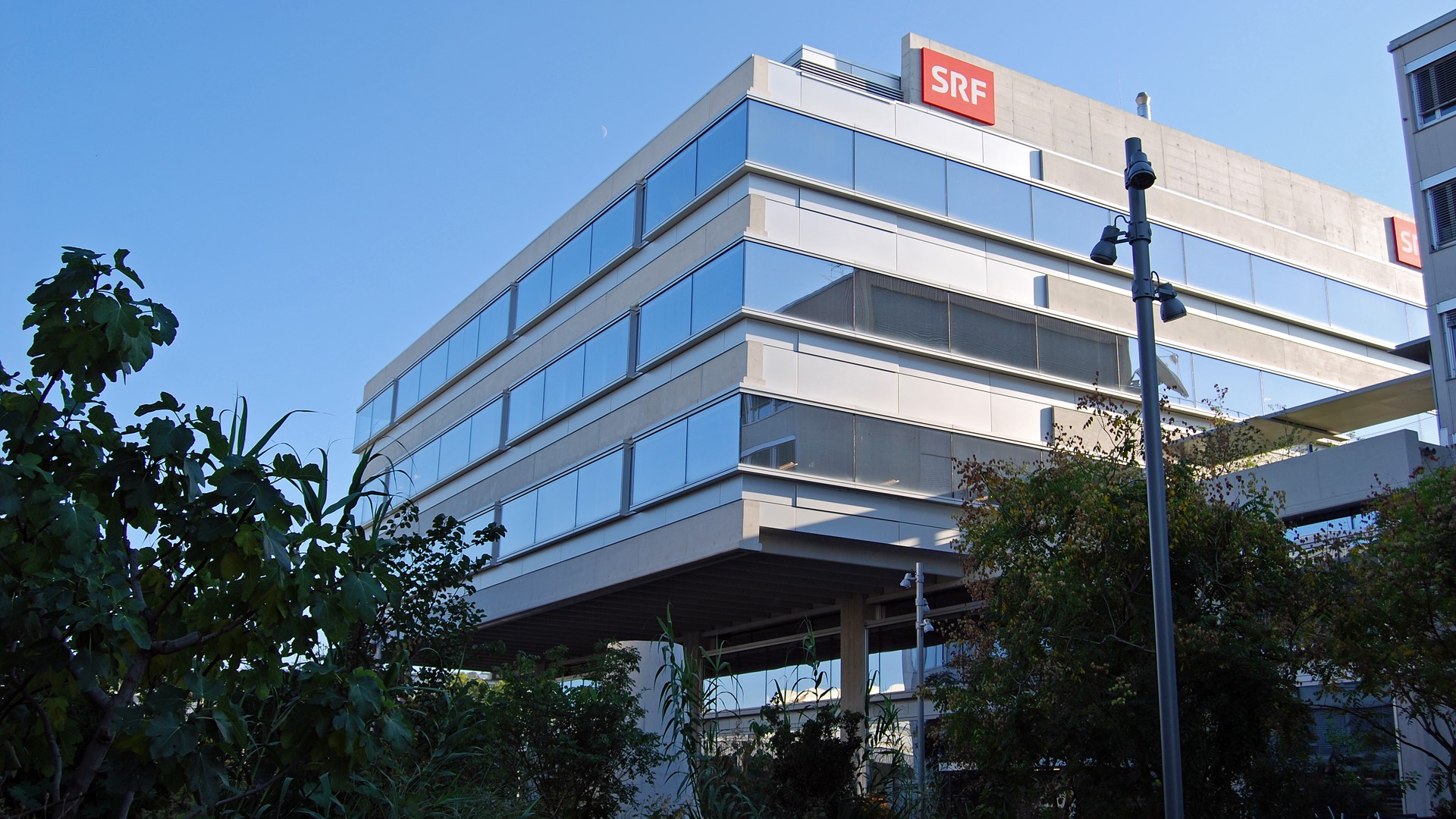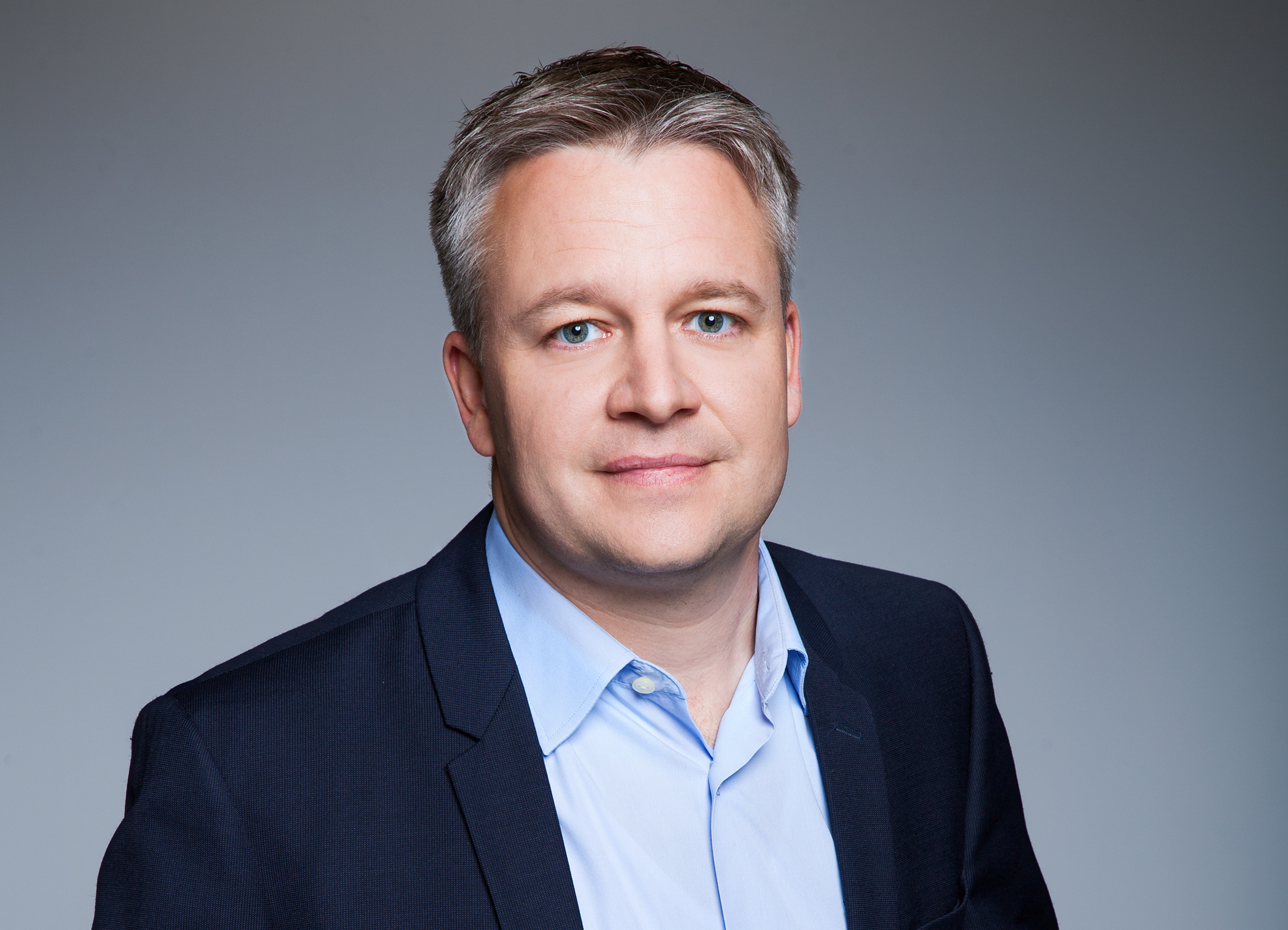Rohde & Schwarz PRISMON Boosts Flexibility of Swiss Broadcaster
THE CUSTOMER
Schweizer Radio und Fernsehen (SRF) is a Swiss broadcasting company, created in 2011 through the merger of radio broadcaster, Schweizer Radio DRS, and television broadcaster, Schweizer Fernsehen. Immediately, this new business unit of Swiss national broadcaster, SSG SSR, became the largest electronic media house in German-speaking Switzerland. About 2,150 employees work for SRF in four main studios in Basel, Bern and Zürich.

tpc Switzerland ag is responsible for all production systems and technologies throughout television, radio and multimedia operations at SRF. It is a subsidiary of SRG SSR and Switzerland's leading broadcast service provider, with expertise in planning, creating and managing audiovisual projects. In addition to its role with SRG SSR, tpc's 1,000 highly trained professionals serve external clients. Its own state-of-the-art studios, post-production and mobile resources provide the foundation for quality broadcast solutions that combine innovation with the best in technology. Where necessary, tpc works with external partners to provide clients with the optimum package of services they need.
NEW STATE-OF-THE-ART PRODUCTION CENTER FOR SRF
A revolutionary News and Sports Centre for SRF is the most ambitious project that SRF and tpc have embarked on for decades. The facility—located in the Leutschenbach district of Zürich—is being built specifically to leverage an IP workflow for significantly streamlined and simplified operational processes. Its cornerstones are digital first and mobile first with a tight focus on video and audio quality. The project sees a change away from program-oriented organization to a story and content-oriented focus. Within the new structure, journalists will be organized as expert teams and not on program structures.
A key strategic goal of the new building is to have a higher efficiency and flexibility in all directions. But it also means a big technical change. Through re-inventing workflows, tpc will bring together many production islands that grew over years into one big new technical concept.
File based and live workflows are growing together, national and regional operating teams work as one integrated unit. There exists just one audio/video/metadata backbone throughout the complete production process from ingest to playout based on full implementation of the SMPTE ST 2110 uncompressed IP standard.
tpc and SRF’s goal is for their workflow to become format agnostic, future proof and efficient. This brings a big change for the employees. There are new organizations, new working hours, new tools and systems and new workflows.
THE MULTIVIEWER CHALLENGE
From day one, tpc set out with the ambition of creating a new and radically different production solution. Included in this approach was its multiviewer system needs: from the earliest stages, tpc sought a fully virtualized multiviewer architecture.
“With a completely virtualized platform we get the flexibility that we always wanted from a multiviewer system,” explains Andreas Lattmann, chief technology officer, Planning & Projects at tpc. “Hardware agnostic, integrated in the network and capable to display whatever and wherever needed.”

Within tpc’s new facility, there exists a master switching room, central ingest, many studios and galleries with different multiviewer needs, as well as a new playout and post-production system. “Within this environment, the demands for multiviewing are very high and mission critical,” explains Lattmann. “Everybody in the building has different needs to see what’s going on and where. With Rohde & Schwarz’s PRISMON Multiviewer system we now have the chance to fulfill all these requirements and keep the flexibility to change whenever needed.
“With the inherent flexibility of a virtualized multiviewer system we can support the operational teams as well as the journalists by showing them the specific sources and destinations that are required for their work and nothing less or more. Dynamic setups and the sheer number of signals that can be handled by PRISMON helps us in supporting the efficiency of everyone.”
A SOFTWARE/IP-BASED SYSTEM SOLUTION
Within the news and sports production center, there is still hardware required, but not special-built-for-purpose. Instead tpc is using standard COTS servers to render the multiviewer signal and the servers are directly integrated within its ST 2110 backbone. With this implementation, tpc achieves the full flexibility that an IP environment enables.
The project required extensive planning, which saw tpc and Rohde & Schwarz working together closely. “Based on many tests and a proof of concept, we figured out that the crucial issues, such as picture quality, latency and functionality are fulfilled within a virtualized system such as PRISMON,” explains Lattmann.
The two companies continue to work together on the deployment of PRISMON Multiviewers, aiming to exploit all of the advantages the new virtualized system offers.
“Due to the fact that the product is still quite leading edge, there are enhancements and developments being integrated within PRISMON as an ongoing process. There are new functionalities and releases that enhance the use of the system,” Andreas Lattmann explains.
This is one of the primary benefits of a software-based, virtualizable platform, such that it can be updated as and when the deployment requires, features are developed or as new standards become available.
THIRD PARTY INTEGRATION BASED ON ST 2110
Within the new center, PRISMON Multiviewer is integrated alongside technology from Nevion. tpc is using Nevion’s VideoIPath as the orchestration solution for its real-time network. It is the system that enables signal management, bandwidth management, redundancy, address handling and much more. ST 2110-based, VideoIPath is the brain of the complete IP System and also for the multiviewing.
“ST 2110 is the future standard for live audio/video and ancillary data handling in a professional environment. It is an open standard and helps us in migrating to a full COTS-based, IT product-based infrastructure and fulfilling all of our real-time needs such as being predictable, stable, synchronised, scalable, format agnostic and future proof,” Lattmann states. “With this once in a lifetime chance to build a completely new infrastructure with a greenfield approach, it is important to build this with state of the art concepts. So, we committed very early to this standard, became [a] member of SMPTE including its standards group, AIMS and AMWA. Based on these decisions we needed partners that supported the same standards: Rohde & Schwarz is doing this with its PRISMON Multiviewer.”
So, how does IP-based operation enhance workflow efficiency within the new center? Thanks to tpc’s end-to-end approach as opposed to its previous island-based approach, all signals are available throughout the production infrastructure. With an overall monitoring system, tpc has enhanced the reaction time if there are any failures in the system. With the PRISMON Multiviewer system tpc can ensure that the signals are available in the expected quality at whatever point in the process.
THE RESULTS
Now that the PRISMON Multiviewer system is installed and operational, Lattmann is able to assess the results of the project.
“We are happy with the installation of the (PRISMON) application on COTS servers with the support of Rohde & Schwarz technicians,” he explained. “All open points are well addressed and professionally managed by Rohde & Schwarz.
“Since the application is installed on COTS Servers and a VM platform, we are able to expand or shrink the system’s dimensions based on our needs, quickly and easily. A central License-Management Facility allows us to adapt the system to any workplace that needs specific features. The measurement function within PRISMON Multiviewer helps us in a dramatic reduction of expensive measurement equipment for many workplaces.
“It is very helpful that PRISMON is based on standardized interfaces. This makes our goal (and perhaps that of any broadcaster) of integrating a best-of-breed solution based on third-party control systems easy,” Lattmann concludes.
Hannes Strobel is the vice president of Media Technologies at Rohde & Schwarz.
Get the TV Tech Newsletter
The professional video industry's #1 source for news, trends and product and tech information. Sign up below.
